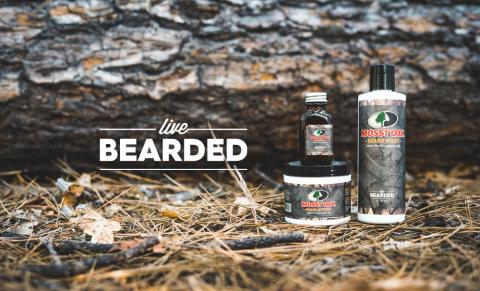Heath Wood
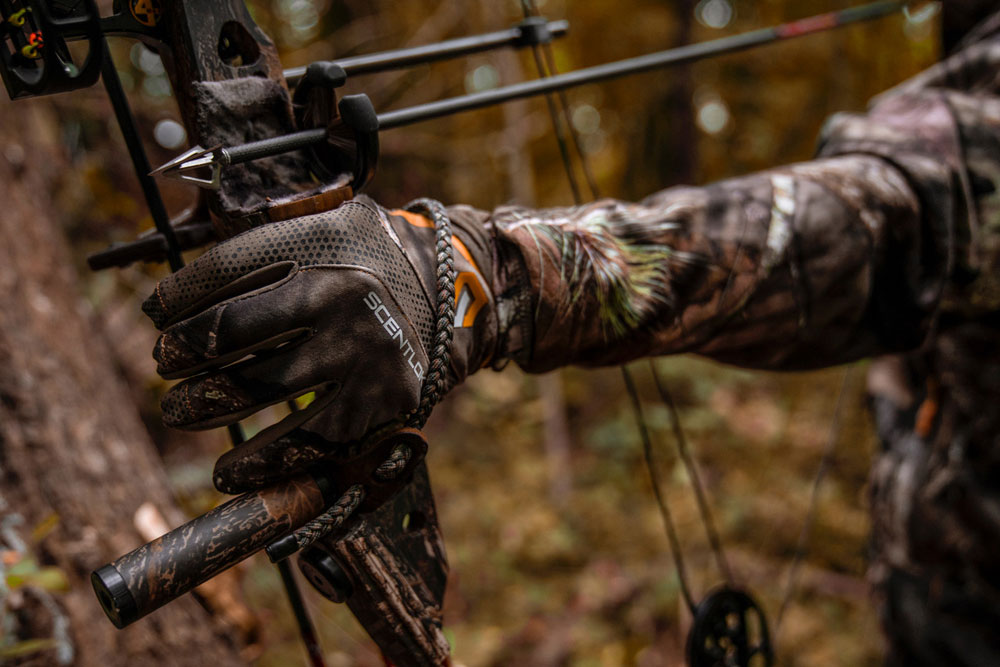
A few years ago, I had the opportunity to hunt an excellent piece of property in southern Missouri, along the steep ridges of the Eleven Point River. Along these river bottoms, one will find heavy tracks of timber that contain massive crops of white oak trees that produce many acorns, which deer feed heavily on throughout the fall.
While hunting these areas, I was amazed at the amount of deer that can be seen while sitting in a tree stand for a day. Everything a hunter could want was there, except for one thing, that being an easy way to get a deer out once a successful shot had been made.
The steep hills and deep ridges made packing a 150-pound whitetail seem like that of carrying a huge bull elk out of the Rockies. Other than the physical difficulties that come with hunting this type of ground, along comes the mental challenge as well.
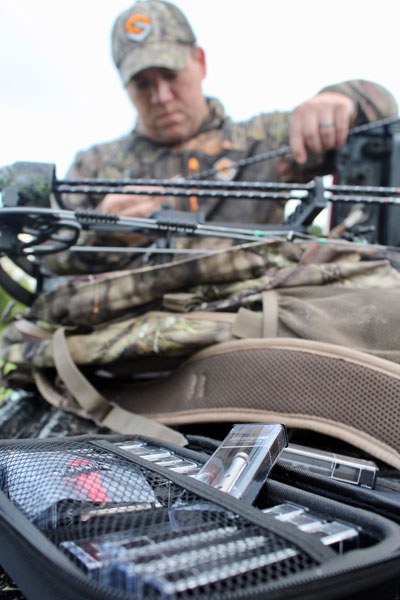 When bowhunting this area, I was always faced with a lack of confidence in successfully bringing down a whitetail. I had a fear that if I were to make a shot on a deer, it would run to the most remote part of the river bottom, making it virtually impossible to not only get the deer out, but I also had the anxiety of not being able to recover the animal at all. Unfortunately, this fear was only heightened when I had an unpleasant experience in which I watched a deer run away with my arrow. This was followed with only a small trace of blood and a lost deer and arrow.
When bowhunting this area, I was always faced with a lack of confidence in successfully bringing down a whitetail. I had a fear that if I were to make a shot on a deer, it would run to the most remote part of the river bottom, making it virtually impossible to not only get the deer out, but I also had the anxiety of not being able to recover the animal at all. Unfortunately, this fear was only heightened when I had an unpleasant experience in which I watched a deer run away with my arrow. This was followed with only a small trace of blood and a lost deer and arrow.
This left me questioning what many other hunters are curious about, that being: was I shooting the right broadhead? I needed a change in broadhead that would provide me with a better blood trail and quicker recovery, knowing what I needed left me with a choice to make; mechanical or fixed broadheads.
A mechanical broadhead is made up of moveable blades that usually stay folded in flight until hitting the target. Then they fold outwards creating a larger cut, which in turn creates a larger wound thus resulting in a larger blood trail and faster harvest.
Mechanicals have gained popularity over the past decade due to the accuracy that is added from the blades being folded in. The design of this type of broadhead creates a smaller aerodynamic drag in the back of the arrow, causing all the movement to be in the back instead of the tip of the arrow. In my personal experience, when I first used a mechanical broadhead several years ago, I liked the accuracy. However, I could not keep the blades in place before the shot.
I can recall different occasions while sitting in my tree stand hunting, I would look at the end of my arrow and see one blade open, or even worse, there were instances in which I would draw my bow on a deer, only to see my broadhead already open. This unfortunate scenario results in making a successful shot more difficult and increases the chance of wounding an animal due to the broadhead not being able to do its job.
These types of mishaps made me shy away from mechanicals until a few years ago. Today’s mechanicals are made with better materials, better designs and with incredibly sharp blades. There are several companies that make some unbelievable designs that have drawn me back in to using these highly effective broadheads once again. Yet this time, my viewpoint about them is completely different.
One of the new designs is the NAP Spitfire Doublecross. This is a unique design that has no O-rings or rubber bands to hold the blades closed. The main blades are weighted to stay closed even when shot with some of today’s hardest shooting bows. The back blades, called bleeder blades, stay in place with their spring clip technology. The tip is strong enough to split through thick skin or even bone resulting in excellent penetration, a feature that seemed to be missing on earlier styles of mechanicals. The Spitfire Double Cross has a four blades total that provide a 3-inch overall cut. With this type of broadhead, I have been able to attain great blood trails and faster recoveries.
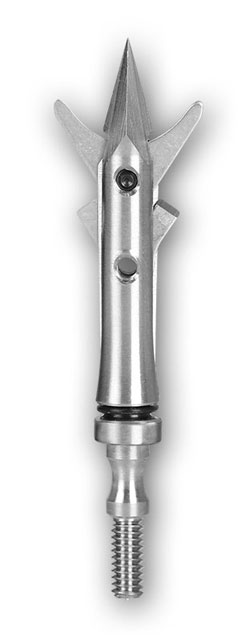 Another great mechanical on the market is the Titanium 2.1 by Sevr Broadheads. This design features a maximum cutting diameter. They also feature a patented Lock and Pivot design that keeps the arrow flying true to maintain a straight-through path even when encountering bone or when taking acute quartering shots. It is made with strong materials that hold up to the toughest skinned animals a hunter may face. Another great feature on this broadhead is Sevr’s Practice Lock mode. This is provided with a set screw on the broadhead that keeps the blades locked into position when practicing, thus providing excellent knowledge of how one’s arrow is going to fly when hunting. With these new designs and the results that I have experienced in hunting with them, I have gained the missing confidence that I had once lost when hunting the toughest terrains such as the Missouri river bottoms. While hunting with these mechanicals I am sure that an animal is going to be harvested quickly with minimal tracking.
Another great mechanical on the market is the Titanium 2.1 by Sevr Broadheads. This design features a maximum cutting diameter. They also feature a patented Lock and Pivot design that keeps the arrow flying true to maintain a straight-through path even when encountering bone or when taking acute quartering shots. It is made with strong materials that hold up to the toughest skinned animals a hunter may face. Another great feature on this broadhead is Sevr’s Practice Lock mode. This is provided with a set screw on the broadhead that keeps the blades locked into position when practicing, thus providing excellent knowledge of how one’s arrow is going to fly when hunting. With these new designs and the results that I have experienced in hunting with them, I have gained the missing confidence that I had once lost when hunting the toughest terrains such as the Missouri river bottoms. While hunting with these mechanicals I am sure that an animal is going to be harvested quickly with minimal tracking.
Even with my new love and confidence in today’s mechanicals, there is still a time and purpose for fixed broadheads. The number-one feature a fixed broadhead has that will keep hunters using them is their incredible power to penetrate tough-skinned animals such as bigger whitetails, elk, caribou and even moose.
As with dislikes from earlier designs with mechanicals, the fixed broadhead had its weaknesses as well. One of those being the loss of pinpoint accuracy when shot at longer distances. This, too, has changed with modern designs. Today’s fixed broadheads feature a sleeker look to them and they fly smoother than ever before. For example, NAP’s HellRazor is a one-piece, solid steel broadhead that provides hard-hitting penetration and cut on contact, all while keeping great accuracy. With no loose blades at all, this choice is great for hunting larger whitetails such as in Canada, where the hide is thick and tough.
Another great fixed design is the G5 Outdoors Montec. This is also a one-piece design, all steel construction, that has incredible diamond sharpness that can be sharpened as needed. This fixed-style broadhead is also great for larger whitetails and big game such as elk. The Montec is spin tested for accuracy, this means that the penetration and accuracy is apparent, unlike older designs.
Although newly designed, fixed broadheads are built to withstand the hardest-shooting bows on the market today. Another great use for fixed blades is when one has a lower poundage bow such as for women and children. A fixed broadhead is a better choice in this situation due to better penetration compared to that of shooting a with a mechanical broadhead.
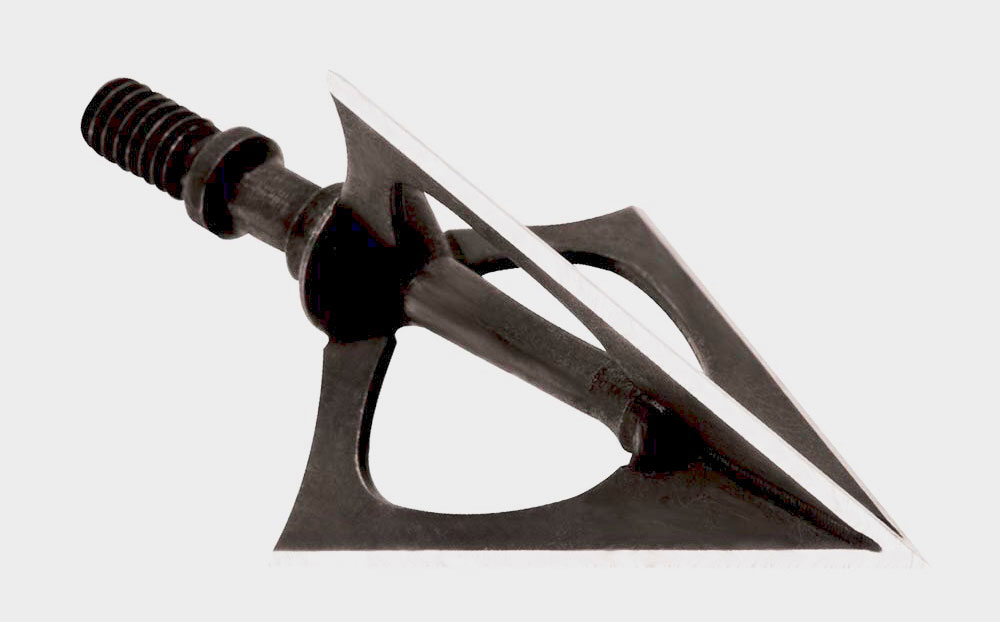
As for the debate about whether the mechanical or fixed broadhead is best, I think that is something that will continue to be debated for years to come. With today’s incredible designs on both styles, they both have shown improvements in different areas. As I have always said with choosing what kind of bow, arrows, accessories and yes, even broadheads, the correct answer is always found by what shoots and performs the best for the hunter.
As for me, if I had to choose a favorite, I would say it is the mechanical broadhead, simply due to the fact that the majority of the bowhunting I do is for whitetails in the Midwest. With that being said, I will always have a few fixed broadheads in my bow case for back-up, or for when the day comes that I can fulfill my highly anticipated dream hunt of bowhunting a big bull elk out West. For now, I will continue to practice with both and be ready for every situation.















